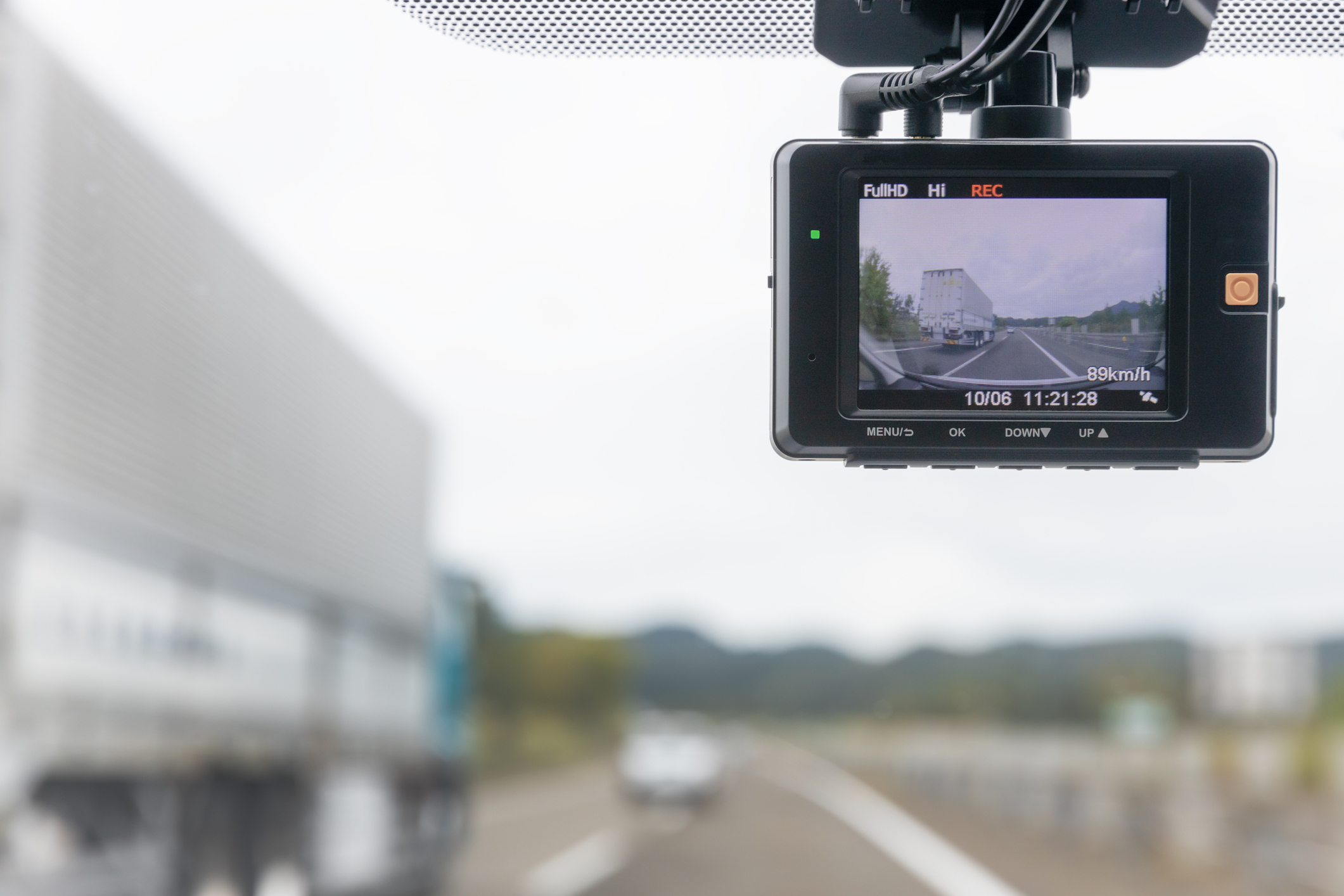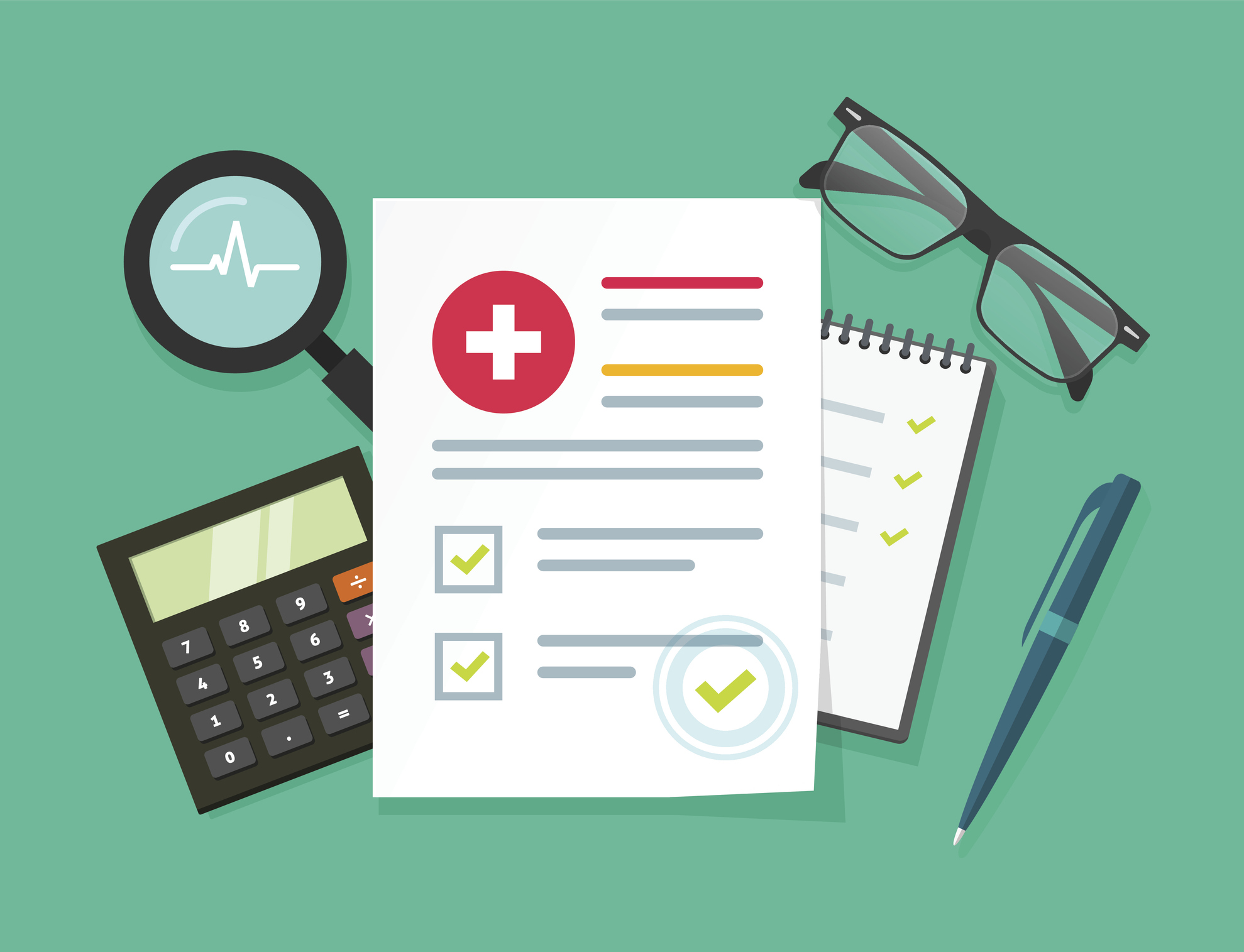Telematics, Cameras, and MVRs: The Future of Fleet Safety
Technology is a double-edged sword for drivers. While crashes involving cell phone use are increasingly common, technologies like in-cab telematics and cameras can enhance fleet safety and reduce liability. For risk managers, striking the right balance between proactive training and telematics implementation is critical.
July 14, 2025

According to recent reports, the annual accident rate for commercial fleets is around 20%, with some industries experiencing even higher rates. While non-fleet drivers travel anywhere from 12,000 to 15,000 miles a year, fleet drivers often log 25,000 miles or more each year, increasing the likelihood of crashes.
“With current staffing shortages, fleet drivers are putting in more time behind the wheel,” said Vik Ramaswamy, Risk Control Director at Safety National. “Fatigue becomes a real issue with longer driver times, and when combined with numerous distractions, the consequences can be deadly.”
Here, we explore the growing challenges of fleet safety, emerging technologies that can help prevent accidents, and proactive strategies risk managers can employ to protect their operations.
The Rising Importance of Fleet Safety
According to the National Safety Council, distracted driving is linked to 1.6 million crashes each year. These incidents not only have devastating personal impacts but can also bring significant financial and reputational consequences for businesses. While cell phones are the leading distraction, other causes include eating, adjusting in-cab controls, viewing maps, or engaging in conversations.
From a legal standpoint, negligent entrustment and vicarious liability present major risks for organizations.
- Negligent entrustment occurs when a company knowingly allows an unfit employee to operate a vehicle or equipment, resulting in harm.
- Vicarious liability holds an employer accountable for an employee’s actions taken within the scope of their duties, even if there was no negligence on the part of the employer.
Together, these exposures highlight the need for thorough hiring practices, careful supervision, and detailed contract review.
Leveraging Telematics for Proactive Monitoring
Telematics systems offer deep insight into both driver behavior and vehicle performance. By tracking vehicle usage, route efficiency, and driving habits, they provide actionable data that can enhance fleet safety and operational efficiency.
Beyond visibility, telematics enables preventive maintenance to help avoid costly breakdowns and downtime. Telematics helps organizations maintain regulatory compliance by automating the tracking of driver hours, vehicle diagnostics, maintenance schedules, and mileage for tax reporting, like the International Fuel Tax Agreement. It ensures adherence to safety and environmental standards, supports real-time alerts for non-compliance, and provides audit-ready documentation. Additionally, it aids in data protection compliance when properly configured.
Accountability and Training Through In-Cab Cameras
In-cab cameras, both inward- and outward-facing, can provide real-time monitoring of driver behavior. Inward-facing cameras can capture driver behavior in the cabin, which can guide training. If a driver is fatigued or distracted, the footage may help identify these risky behaviors before they result in a serious accident. Outward-facing cameras can help gather evidence for claims disputes and facilitate targeted driver coaching and training.
Evaluating Qualified Drivers by Continuous MVR Monitoring
Motor vehicle records (MVRs) are essential for evaluating driver qualifications and minimizing liability. Federal regulations require employers with commercial motor vehicles to review each driver’s MVR annually (for those with commercial driver’s licenses) and retain those records for at least three years. MVRs contain critical data such as crash history, traffic violations, DUI convictions, and license suspensions. Research consistently shows that past violations are strong predictors of future crashes. However, periodic reviews are not enough.
Continuous MVR monitoring allows for real-time identification of violations and supports timely disciplinary actions. This approach helps identify high-risk drivers. It also guides retention and risk mitigation strategies.
A Holistic Approach to Fleet Safety
Used independently, these technologies are helpful in enhancing fleet safety, but combining telematics, cameras, and MVR monitoring creates a robust, comprehensive safety ecosystem. Organizations should assess their current fleet safety measures and consider adopting these technologies to help mitigate risks and improve safety measures.

























